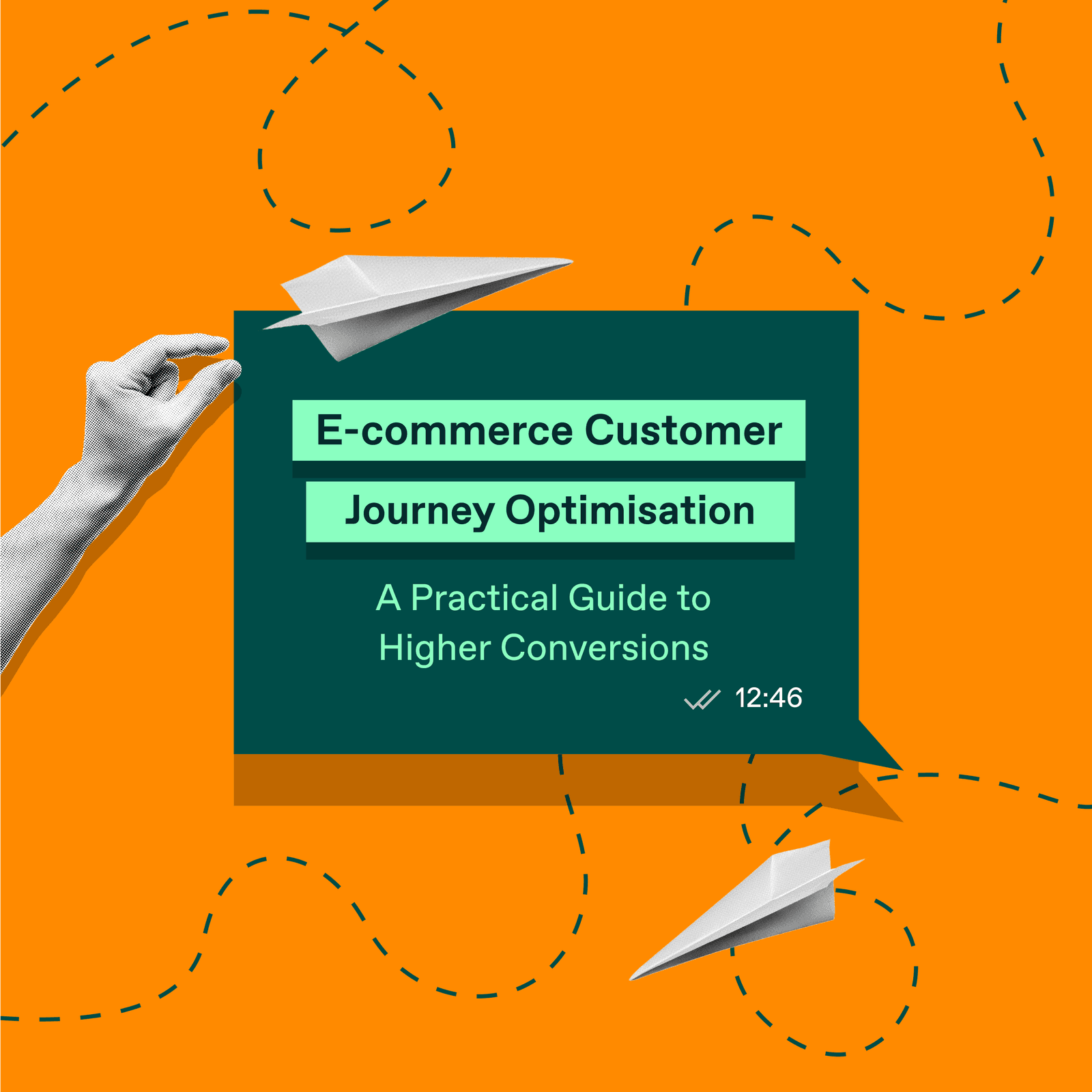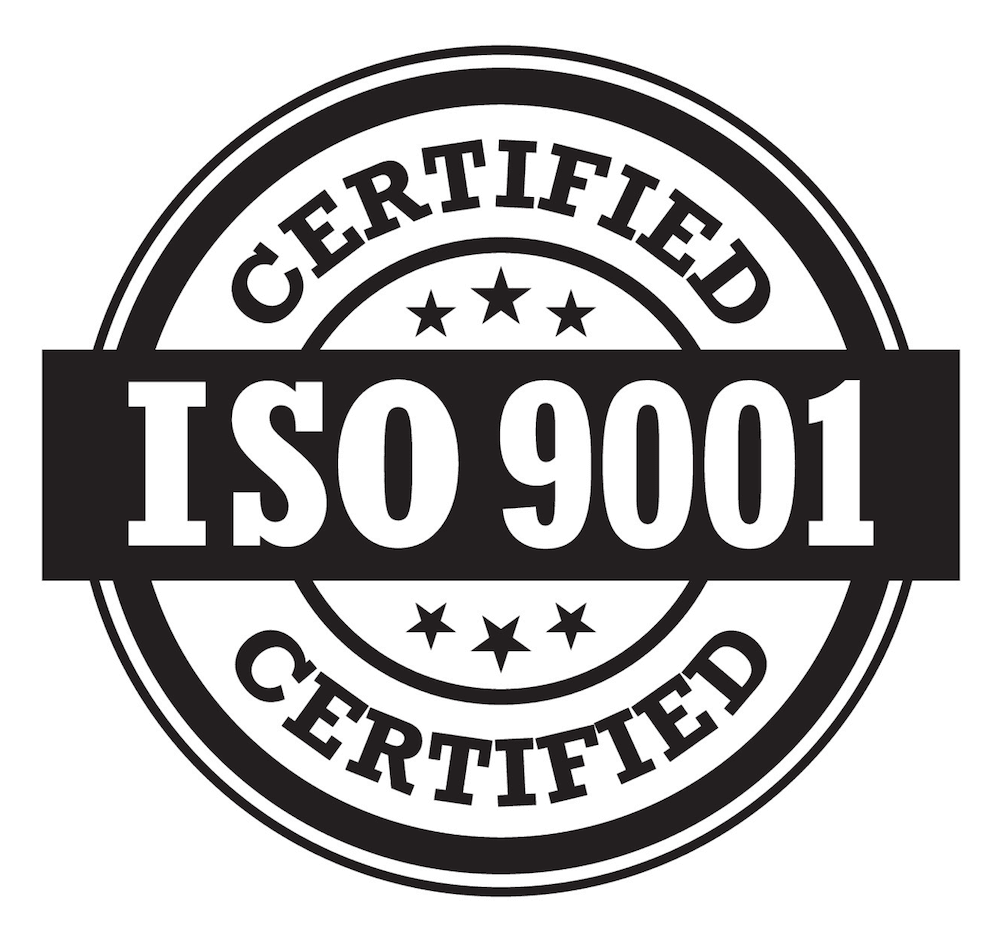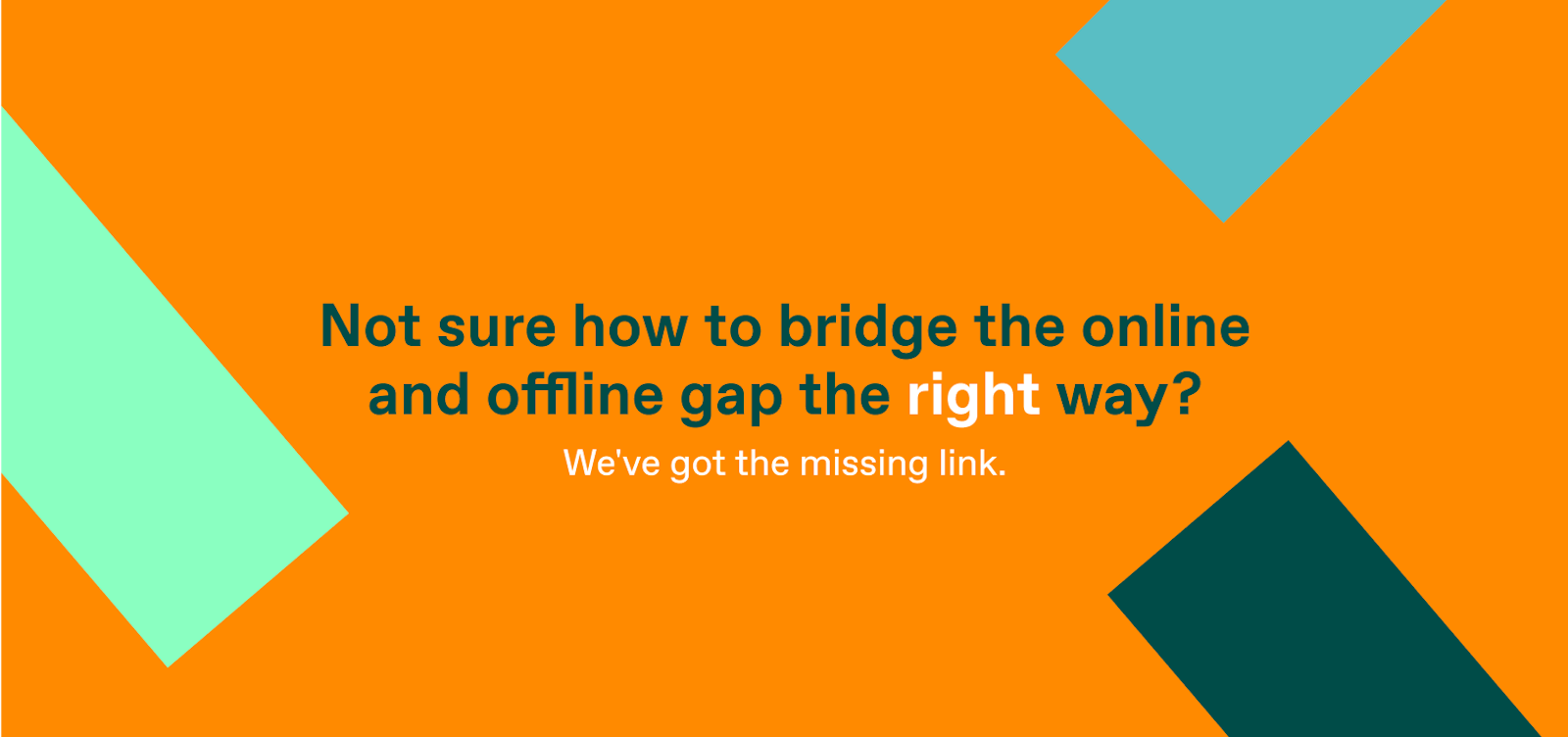Back to Blog
E-commerce Customer Journey Optimisation: A Practical Guide to Higher Conversions
Bobbie Smith - 28 March 2024 - 12 min read

Reading time: 12 mins
This guide will equip you – the savvy marketer – with the tools and knowledge needed to transform your customers' path from mere browsing to brand adoration. Prepare to witness ultimate customer journey optimisation in the form of increased conversions, a loyal following, and a thriving online empire.
Give your eyes a break without missing out.
Enjoy the audio version:
Understanding Customer Journey Optimisation
Let's unpack "customer journey optimisation" into a clear roadmap which you can use to guide your customers to conversion and beyond.
- 1. Awareness: Potential customers are actively searching for solutions – make sure your brand stands out with targeted campaigns and SEO optimisation. Appear in relevant searches and showcase your expertise to grab their attention.
- 2. Consideration: They're interested, but competition is fierce. Clear product information, compelling descriptions, and user reviews are persuasive tools. Highlight key features, the benefits, and address potential concerns with engaging content to stand out.
- 3. Purchase: They're ready to buy! But a clunky checkout can derail the entire journey. Offer users intuitive navigation, diverse payment options, and robust security measures for a seamless and stress-free experience.
- 4. Retention: The journey doesn't end with the sale. Nurture relationships with personalised offers, exceptional customer service, and loyalty programs that make shoppers feel valued.
- 5. Advocacy: Happy customers are your best advocates. Incentivise positive word-of-mouth and leverage social proof (e.g., testimonials and reviews) to attract new customers and build trust.
It's crucial to recognize that these stages are not isolated events but rather part of a continuous, interconnected journey. Each stage influences the next, and a customer's experience at one touchpoint can make or break their progression to the next.
For instance, a smooth and informative Awareness stage sets the foundation for a customer to move into Consideration. If a potential customer can't find the information they need or encounters confusing messaging, they may never progress to evaluating your product more deeply.
Similarly, a frustrating Purchase experience can undermine all the hard work you put into attracting and nurturing that customer up until that point. Even if they complete the purchase, they may be less likely to return for future purchases or recommend your brand to others.
That's why it's essential to optimise the entire customer journey from start to finish, not just individual touchpoints. By ensuring each stage flows seamlessly into the next and providing a consistently positive experience, you can guide customers through the journey more effectively.
Think of it like a relay race: each stage needs to be strong on its own, but it's equally important to have smooth handoffs between stages. Optimise each touchpoint while also considering how they work together to create a cohesive, compelling journey.
💡 Bonus tip for engaging passive shoppers with gamification:
Solutions like Yotpo’s reward points, badges, and challenges will keep customers engaged and coming back for more. User-generated content builds trust and attracts new faces.
Practical Tips for Turning Visitors Into Lifelong Customers
Struggling to convert curious customers into loyal brand advocates? Witnessing drop-off at key stages of the journey? Learn how to leverage data, personalise touchpoints, and build lasting relationships with customer journey optimisation.
Content That Keeps Them Hooked:
- Ditch the generic stuff: Create content (blog posts, guides, videos) tailored to each stage of the customer journey. Think of it as answering your customers’ questions, addressing their challenges, and sparking inspiration with information that is relevant to where they are in the buying process.
- Dive into their minds (well, data): Get to know your target audience by understanding their specific needs and pain points at each stage. Data, surveys, and customer feedback are your friends here – use them to pinpoint what is bugging your target audience the most.

Making Their Experience Frictionless:
- Personalisation is key: Use data insights for targeted recommendations, dynamic content, and offers that match customers’ individual preferences. Remember, you're dealing with unique people, not just numbers.
- Navigation? Make it easy-breezy: Design a no-code website that is as user-friendly as it gets. Make it effortless for shoppers to find what they need with intuitive navigation and a smooth checkout process. Think about accessibility, too – everyone deserves a seamless experience.
- Trust is everything: Build it with clear product details, pricing transparency, and readily available customer service. Honesty is the best policy, remember?
Case Study: YNAP's Luxury Watch Experience Update With Rhapsody
-
Challenge: The pandemic forced YNAP to rethink how it showcased prestigious Watches & Wonders timepieces digitally. They needed a seamless online experience that matched the exclusivity and craftsmanship of the participating brands.
-
Solution: Rhapsody partnered with YNAP to create a user-friendly platform powered by Ceros.
We implemented:
- Effortless navigation: Browsing the vast collection of luxury watches became a breeze.
- Immersive exploration: High-quality visuals and interactive features brought the watches to life, even without physical interaction.
- Exclusive access: The platform highlighted VIP shopping opportunities, catering to YNAP's discerning clientele.
- Enriched knowledge: Informative content provided valuable insights into the world of luxury watches, educating and engaging customers.
Result: YNAP successfully transcended the limitations of the pandemic by offering a captivating online showcase. This not only drove sales but also fostered deeper customer connections with the prestigious brands.

How to Optimise Your Customer Journey with Data
Don't go on this quest alone! Utilise data to enhance your customer journey:
- Advanced segmentation in analytics: Go beyond basic demographics. Use RFM (Recency, Frequency, Monetary) analysis to identify valuable customers and tailor retention strategies.
💡 Bonus tip for combining web, app and mobile analytics:
If you struggle with tracking user actions across multiple platforms, try Mixpanel. This tool will help you analyse user funnels, measure campaign effectiveness, and identify opportunities for improvement across all channels.
- A/B testing: A/B testing does not end with the first round. Remember to create further iterations of a better solution and don't fall into the habit trap – it is the enemy of ROI. P.S. Your customers are evolving all the time!

- One-to-one marketing: By leveraging data and technology, you can deliver hyper-personalised content and recommendations that resonate with each individual customer, leading to stronger relationships and increased sales.
💡 Bonus tip for dynamic segmentation:
Use behavioural data and machine learning to create dynamic customer segments based on real-time actions and preferences.
Beyond standard CRM use: Fragmented data scattered across emails, purchases, and support tickets creates blind spots. Manage customer interactions effectively and build lasting relationships.
-
Clean up your act: Eliminate duplicate entries and inaccurate data to ensure reliable insights and personalised experiences.
-
Go beyond reports: Leverage segmentation, predictive modelling, and journey mapping tools to uncover hidden patterns and optimise customer experiences.
Four Emerging Tech Hacks for the E-commerce Customer Journey Optimisation
Forget about gazing into crystal balls. The future of customer journeys starts right here, right now: tap into the powerful emerging technologies that are waiting to be unleashed. Let's ditch the dusty old tactics and stay ahead of the curve by exploring cutting-edge options.
🔍 Voice Search
Voice commerce offers seamless, hands-free shopping, perfect for busy customers or those multitasking their way through life.
Getting started:
- Optimise your website content for conversational queries and long-tail keywords.
- Ensure your site loads quickly and is mobile-friendly, as many voice searches happen on-the-go.
- Claim your Google My Business listing and include accurate, up-to-date information.
Pitfalls to avoid:
- Neglecting to update your content as voice search algorithms and consumer behaviours evolve.
- Focusing solely on general keywords rather than considering specific, conversational phrases.
- Overlooking the importance of local SEO, as many voice searches have local intent.
KPIs to track:
- Voice search impressions and click-through rates
- Conversions attributed to voice search (e.g., purchases, sign-ups, calls)
- Rankings for key voice search phrases
Tactics for a smoother customer journey:
- Partner with voice assistants: Integrate your website with platforms like Alexa or Google Assistant to make your products discoverable and voice-purchasable.
- Optimise your website for voice search: Use relevant keywords and natural language descriptions to ensure your brand pops up in voice queries.
- Design for voice engagement: Offer clear, concise product information and easy reorder options for a smooth voice shopping experience.
🔍 SEO optimisation for Voice Search
There aren't specific "voice search keywords" in the sense that search engines don’t treat them completely differently. However, there are several key differences in how people tend to search via voice compared to typing, which means you need to adjust your keyword strategy accordingly. Think about the "wh-questions" users might ask related to your product or service: "Why should I buy this?", "How does this work?", "Where can I find...?"
👓 Augmented and Virtual Reality
AR/VR creates immersive experiences that let customers interact with products in a realistic way, thus boosting engagement and purchase confidence.
Getting started:
- Define clear goals for your AR/VR initiatives (e.g., increasing product engagement, reducing returns).
- Choose the right platform based on your target audience and product category or ask for help top marketing company in London.
- Create 3D models of your products and test them extensively before launching.
Pitfalls to avoid:
- Investing in AR/VR without a clear strategy or understanding of customer demand.
- Creating experiences that are glitchy, slow, or difficult to navigate.
- Neglecting to promote your AR/VR features to raise awareness and drive adoption.
KPIs to track:
- AR/VR feature usage and engagement rates
- Product page views and conversion rates for items with AR/VR experiences
- Return rates for products purchased after using AR/VR features
- Customer feedback and satisfaction scores for AR/VR experiences
👓 How to level up your AR/VR e-commerce experience:
- Develop AR/VR product experiences: Offer virtual try-on options for clothing, furniture, or even makeup, to let customers see how things look and feel before they buy.
- Create 3D store tours: Showcase your physical stores in AR/VR, allowing customers to explore your space virtually before visiting it in person.
- Partner with AR/VR platforms: Collaborate with platforms like Meta or Apple to reach a wider VR-savvy audience.
🤖 Artificial Intelligence
AI personalises the customer journey, providing instant support and relevant recommendations, leading to happier, more loyal customers.
Pitfalls to avoid:
- Implementing AI without clear objectives or success metrics
- Over-relying on AI without human oversight and intervention when needed
- Failing to regularly update and retrain your AI models as new data becomes available
KPIs to track:
- Engagement rates and conversion rates for AI-powered recommendations and personalization
- Chatbot usage, resolution rates, and customer satisfaction scores
- Efficiency gains and cost savings attributable to AI automation
- Revenue lift from AI-driven pricing and promotion optimizations
🤖 How to use AI in customer journey optimisation:
- Implement chatbots: Train custom-made chatbots to answer common questions and provide basic customer support, freeing up human agents for complex issues.
- Leverage AI-powered recommendations: Use AI algorithms to analyse customer data and suggest relevant products based on their purchase history and preferences.
- Personalise marketing campaigns: Use AI to segment customers and tailor marketing messages based on their individual needs and interests.
🪐 Omnichannel Engagement
Integrate data across all touchpoints – website, mobile app, physical stores – and identify your customers wherever they interact, personalising their experience regardless of the channel.
Unify the omnichannel experience with these practical tactics:
- Offer consistent brand experiences: Ensure messaging, offers, and values are aligned across all channels.
- Bridge online and offline: Offer click-and-collect, in-store pickup, and seamless transitions between channels.
- Personalise touchpoints: Use customer data to personalise offers, recommendations, and experiences across all channels.
Final Thoughts on Customer Journey Optimisation
Throughout this guide, we've explored the critical components of a high-performing e-commerce customer journey. From understanding your customers' unique motivations to leveraging emerging technologies, you now have a comprehensive toolkit for optimising each stage of the journey.
🤔 Consider this:
A mere 5% increase in customer retention can boost profits by 25-95%.
Now, imagine the compounding effect of optimising every stage of the journey, from awareness to advocacy. Small enhancements in click-through rates, conversion rates, average order value, and repurchase frequency add up to transformative results.
But the benefits go beyond short-term revenue. By delivering a customer journey that is seamless, personalised, and emotionally engaging, you foster long-term brand loyalty. Loyal customers not only spend more over time but also become powerful advocates for your brand, driving organic growth through word-of-mouth referrals.
So, where do you go from here? Start by auditing your current customer journey to identify areas for improvement. Collaborate with cross-functional teams - marketing, sales, customer service, product - to align on shared goals and initiatives. Most importantly, keep your customer at the centre of every decision, continuously gathering feedback and adapting to their evolving needs.
Ready to take the first step? Let's chat! Schedule a free, no-obligation consultation to discuss your specific needs and explore how we can help you create a customer journey that delights.
Get the email newsletter and unlock access to members-only content and events.
The Frames, 201–202, 2nd Floor,
1 Phipp Street, London, EC2A 4PS, UK

Talk to us
Button TextCopyright ©2024 Rhapsody Ltd. All rights reserved.

The Frames, 201–202, 2nd Floor,
1 Phipp Street, London, EC2A 4PS, UK

Copyright ©2024 Rhapsody Ltd. All rights reserved.

